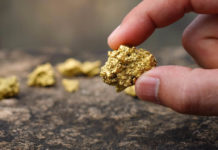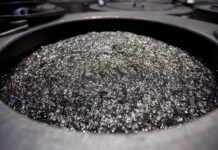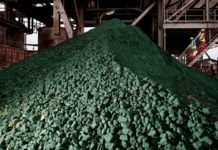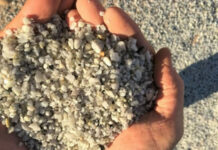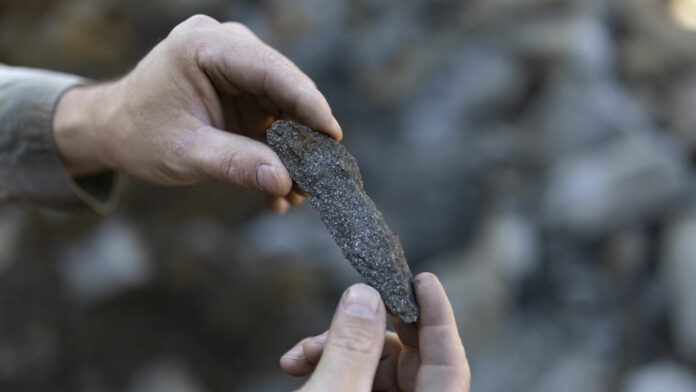
CRITICAL mineral markets face disruption risks due to increasing concentration, particularly in refining and processing sectors, said Reuters citing the International Energy Agency (IEA).
The surge in critical mineral consumption, driven by energy transition projects such as electric vehicles and renewable energy installations, comes as the industry consolidates around few major players, the newswire said.
“Even in a well-supplied market, critical mineral supply chains can be highly vulnerable to supply shocks, bringing higher prices for consumers and reducing industrial competitiveness,” said IEA executive director Fatih Birol.
The top three refined material suppliers are expected to maintain about 82% market share by 2035. China, the industry’s dominant force, continues expanding its refining capabilities faster than global competitors and has added two-thirds of global battery recycling capacity since 2020, the IEA said.
In mining, less diversification is expected for copper, nickel and cobalt, while concentration should ease for lithium, graphite and rare earths.
Copper faces a potential 30% supply shortfall by 2035 due to declining ore grades, rising costs, limited discoveries and long lead times. Meanwhile, lithium’s growing demand will likely create market deficits by the 2030s, though prospects for new lithium projects remain more favourable than copper.



